The allure of container gardening is undeniable—fresh produce right at your fingertips, even on a sun-drenched patio or a charming balcony. It’s a delightful way to cultivate your own food. However, not every garden favorite is suited for the confines of a pot. Understanding which vegetables not to grow in pots can save you from disappointment and ensure your container gardening endeavors are both fruitful and joyful. We’re here to share expert insights into why some popular vegetables simply fare better with the freedom of open ground, helping you curate a container garden that truly flourishes. Let’s explore these végétaux non grata of the potted world.
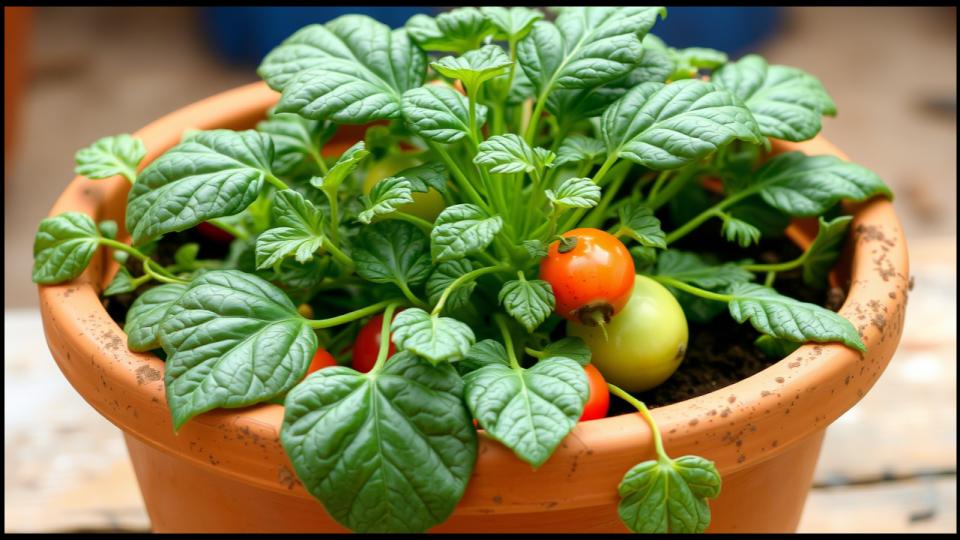
Quick Tips: Maximizing Your Container Garden Success
Here’s what you need to know about keeping challenging plants out of your pots:
- Root to Grow: Many vegetables require extensive root systems that pots simply can’t accommodate.
- Size Matters: Large plants and large vining crops often overwhelm containers, leading to poor health and yield.
- Nutrient & Water Needs: Some vegetables are incredibly thirsty and hungry, making it a constant battle to keep them satisfied in pots.
- Yield vs. Effort: The harvest from certain pot-grown vegetables may not justify the significant effort and resources required.
- Long-Term Guests: Perennials with deep or spreading roots are generally best suited for garden beds.
Why Some Vegetables Rebel Against Pots
Container gardening is a fantastic solution for small spaces or challenging soil conditions, but it does come with inherent limitations. The finite volume of soil restricts root growth, moisture retention, and nutrient availability. While many compact and specially bred varieties thrive in containers, certain vegetables, due to their natural growth habits, face significant container gardening challenges. In my own years of guiding gardeners, I’ve seen a common thread of frustration when well-intentioned efforts are poured into plants that are simply ill-suited for pot culture.
Corn (Zea mays)
Sweet, juicy corn is a summer staple, but it’s one of the top vegetables not to grow in pots.
- Why it’s problematic: Corn is wind-pollinated, meaning it relies on pollen from tassels falling onto the silks of nearby plants. For successful pollination and full ears, you need a block of several rows, which is impractical in containers. Individual pots often lead to poorly filled, disappointing ears. Furthermore, corn plants are heavy feeders and require significant space for their roots to anchor their tall stalks.
- Expert Insight: I’ve seen many attempt a few stalks in a large tub, only to harvest a handful of scattered kernels. It’s a lot of effort for a meager reward. According to the University of Maryland Extension, adequate space and planting in blocks are crucial for good pollination.
- Better for Pots: If you’re craving a homegrown grain, consider dwarf grain amaranth varieties, which are more manageable and visually striking.
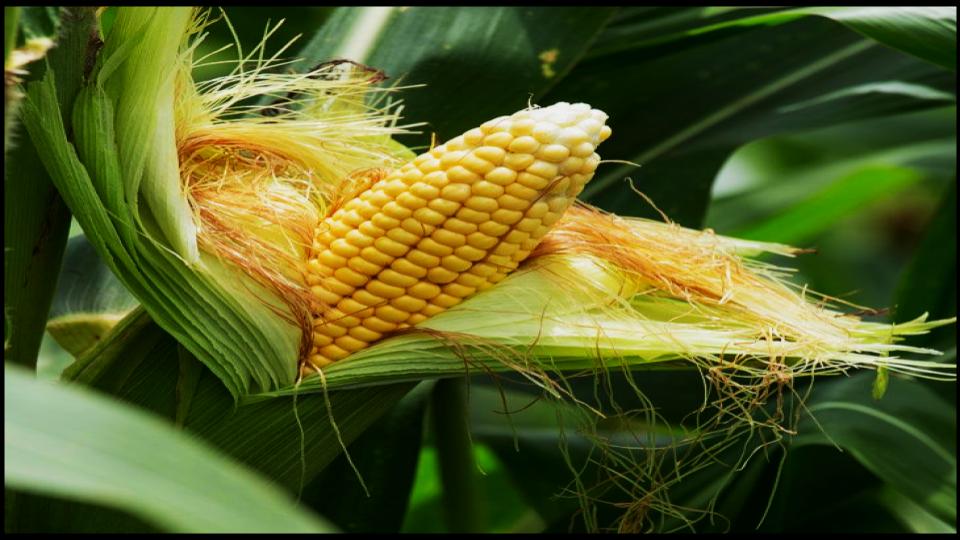
Large Pumpkins & Winter Squash (Cucurbita maxima, C. moschata)
Those visions of sprawling pumpkin patches yielding giant gourds for Halloween or hefty butternut squash for autumn feasts are best kept to the garden bed. These are quintessential large vining crops.
- Why they’re problematic: Standard varieties of pumpkins and winter squash have incredibly long vines – some extending 10 to 20 feet or more! They require a vast amount of soil for their extensive root systems and are very heavy feeders and drinkers. A pot, even a very large one, struggles to provide the resources needed for healthy growth and fruit development. The sheer weight of mature fruit can also destabilize containers.
- Expert Insight: A common mistake I see is underestimating the sheer vigor of these plants. Even “bush” varieties of winter squash can quickly overwhelm a large container. For successful fruiting, consistent moisture and nutrients are key, which is harder to maintain in pots, as noted by the University of Minnesota regarding their high demands.
- Better for Pots: If you love squash, opt for compact bush zucchini (summer squash) or miniature pumpkin varieties specifically bred for containers, like ‘Jack Be Little’ or ‘Mini Pam’.
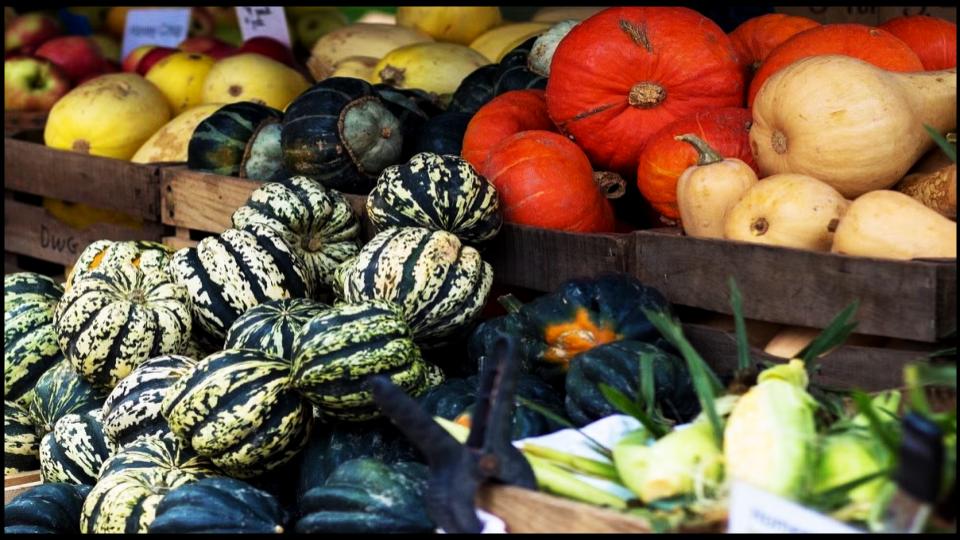
Melons (Watermelon, Cantaloupe – Citrullus lanatus, Cucumis melo)
Like their cucurbit cousins, melons are sprawling plants that dream of wide-open spaces.
- Why they’re problematic: Watermelons and cantaloupes are large vining crops that need ample room for their vines to spread and for their heavy fruits to rest on the ground. Their water requirements are substantial, especially during fruit development, making consistent watering in a container a significant challenge. Insufficient space and fluctuating moisture can lead to small, misshapen, or tasteless fruit.
- Expert Insight: In my experience, achieving that quintessential sweetness in a pot-grown melon is incredibly difficult due to the stress plants often endure. The sheer amount of foliage needed to produce sugary fruit is hard to support in a contained environment.
- Better for Pots: Consider growing smaller, icebox-type watermelons or compact cantaloupe varieties if you have a very large container (20 gallons or more) and are prepared for diligent care. However, for true melon success, the garden is usually best.
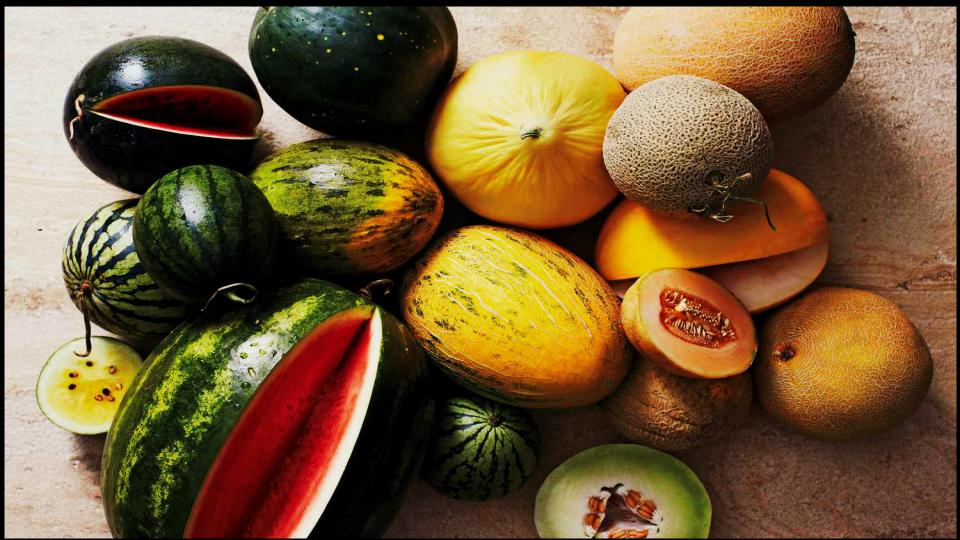
Asparagus (Asparagus officinalis)
Asparagus is a long-term investment, a perennial delight that returns year after year—if given the right conditions.
- Why it’s problematic: Asparagus develops an extensive, perennial root system that needs deep, well-drained soil to thrive and store energy for future harvests. It’s a plant that establishes itself over several years. Confining it to a pot severely limits its lifespan and productivity. The annual cycle of spear production, fern growth, and dormancy is best supported by the stability of in-ground cultivation. This is a prime example of a deep-rooted vegetable.
- Expert Insight: I always advise clients planning an asparagus bed to think in terms of decades, not seasons. Pots simply don’t offer that kind of permanence or the expansive root depth in containers that asparagus crowns require.
- Better for Pots: For a perennial harvest in a pot, consider herbs like rosemary or thyme, or perhaps rhubarb if the container is exceptionally large and deep.
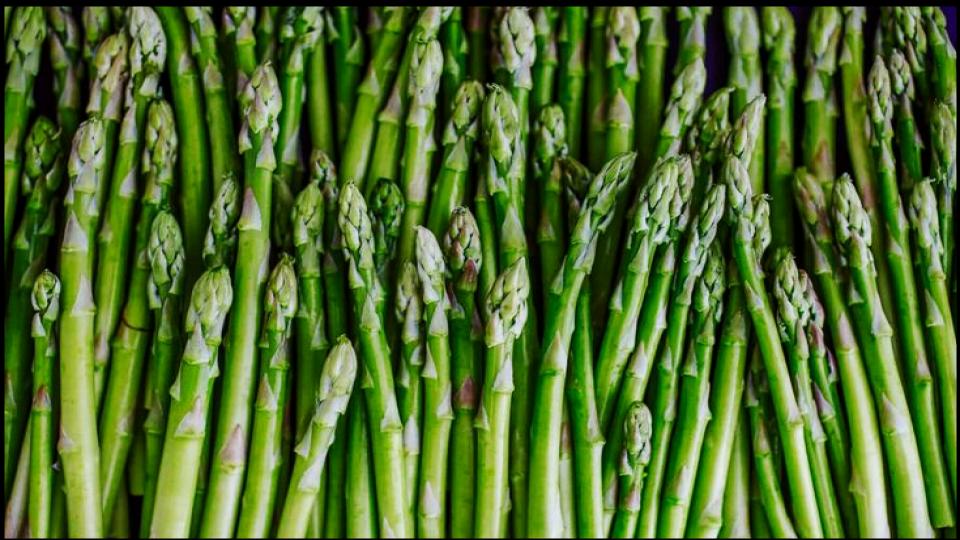
Full-Sized Potatoes (Solanum tuberosum)
While “potato grow bags” have gained popularity, growing a substantial crop of full-sized potatoes in typical containers can be underwhelming.
- Why they’re problematic: Potatoes require a process called “hilling,” where soil is mounded up around the growing stems to encourage more tuber formation. This is cumbersome in standard pots. Moreover, achieving a satisfying yield of large potatoes demands a significant volume of soil and consistent moisture. Without enough space, you’ll likely harvest a few small spuds for a lot of effort.
- Expert Insight: My go-to for potatoes is a dedicated garden bed or at least very large, purpose-built potato towers or bins. While you can grow a few in a pot, the return on investment in terms of space and care often doesn’t measure up for standard varieties. The Cornell University highlights the importance of space for tuber development.
- Better for Pots: If you’re set on potted potatoes, look for “fingerling” or “salad” varieties that produce smaller tubers, and use the deepest containers you can find, such as specialized grow bags.
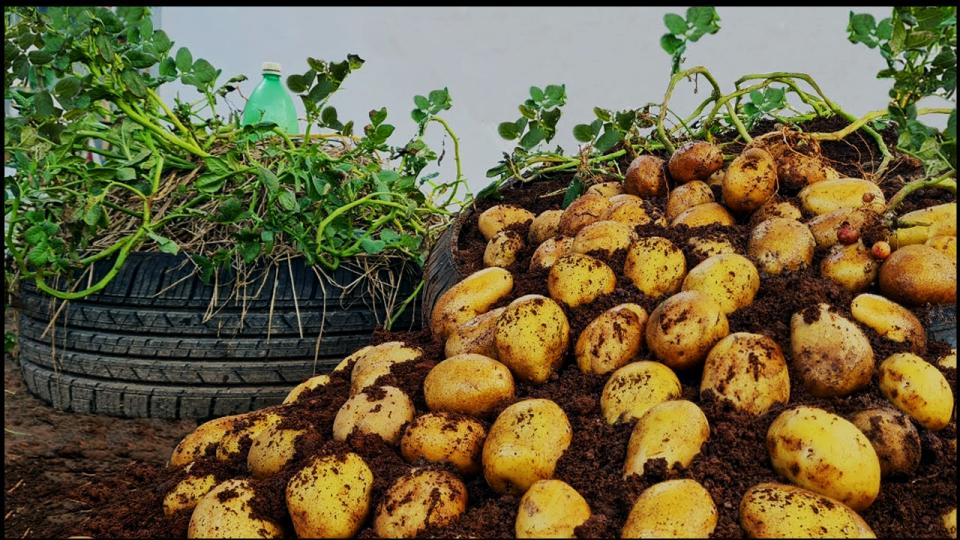
Sweet Potatoes (Ipomoea batatas)
Those lush, trailing vines are beautiful, but they hint at the vigorous growth happening below ground.
- Why they’re problematic: Sweet potatoes are known for their energetic vines that can easily spread 10-15 feet and their large, storage roots that need plenty of room to expand. They are large vining crops that also develop deep-rooted vegetables in the form of tubers. Confining them to a pot typically results in a tangled mass of leaves with very few, if any, sizeable tubers. They also appreciate consistent warmth and moisture, which can be tricky to maintain in containers.
- Expert Insight: I’ve seen sweet potato vines used as ornamental “spillers” in large mixed containers, and they are stunning for that purpose. But for a food harvest, they truly need the freedom of a garden bed or a very, very large (think half-barrel) container.
- Better for Pots: For a similar vining aesthetic with an edible component, consider Malabar spinach or certain varieties of compact, vining beans.
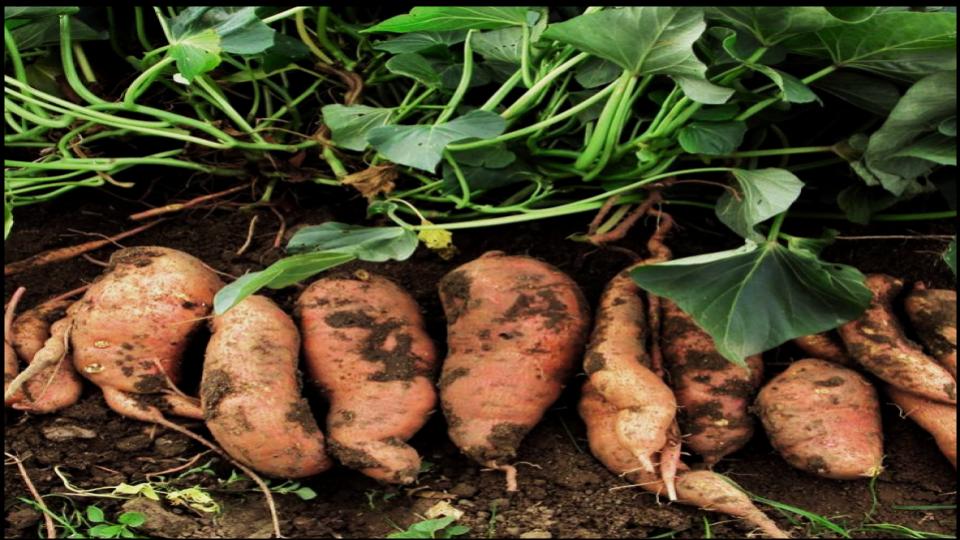
Parsnips and Other Large Taproots (Pastinaca sativa, Daucus carota var. sativus – large varieties)
Long, straight, perfectly formed parsnips or hefty daikon radishes are a culinary treat, but they demand specific soil conditions.
- Why they’re problematic: These deep-rooted vegetables require deep, loose, and unobstructed soil to develop their signature taproots. Any compaction or shallow depth, common container gardening challenges, will result in stunted, forked, or twisted roots. Most standard pots simply don’t offer the 12-18 inches or more of consistent, workable soil depth these roots need.
- Expert Insight: A common mistake I see is gardeners trying to grow long carrots or parsnips in standard 10-inch deep pots. The results are invariably disappointing. For these, soil preparation in the ground is paramount to success.
- Better for Pots: Opt for shorter, round, or Nantes-type carrots (like ‘Paris Market’ or ‘Thumbelina’) or smaller radish varieties like cherry radishes, which mature quickly and have shallower root systems.
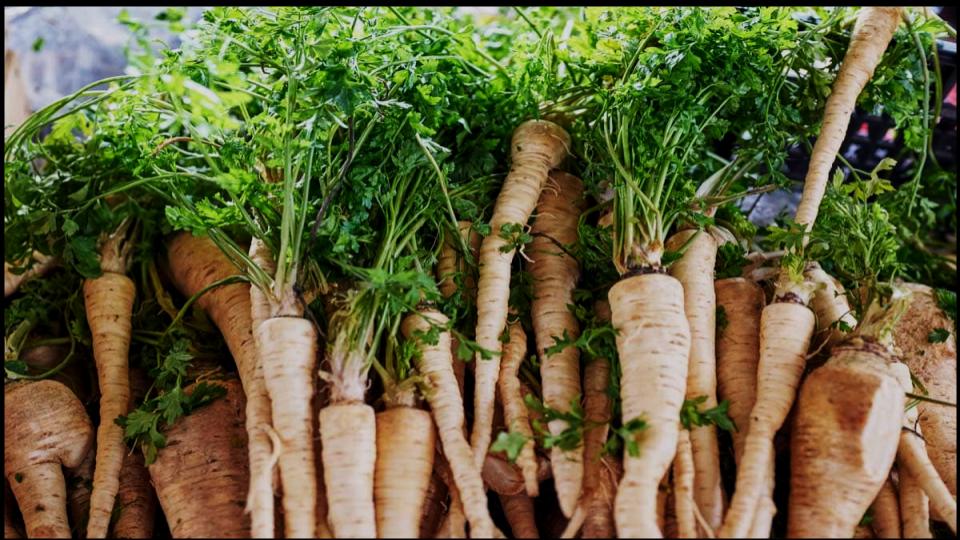
Artichokes (Cynara cardunculus var. scolymus)
These magnificent, thistle-like plants produce gourmet flower buds and are a statement in any garden, but their size and needs make them ill-suited for most pots.
- Why they’re problematic: Artichokes are large, vigorous perennials that can grow 3-5 feet tall and wide. They have substantial root systems and require excellent drainage, ample sunlight, and consistent moisture and nutrients to produce well. Overwintering them successfully in a pot in colder climates is also a significant challenge.
- Expert Insight: In my Mediterranean-climate garden, artichokes are a joy to grow in the ground, where they can fully express their architectural beauty and productivity. Confining them to a pot often leads to stressed plants and minimal bud production.
- Better for Pots: For a plant with a similar striking architectural feel in a container, consider cardoons (a close relative grown for its stems, though still large), or perhaps ornamental thistles if edibility isn’t the primary goal. For an edible flower bud, sunflower buds can be harvested and cooked when very young.
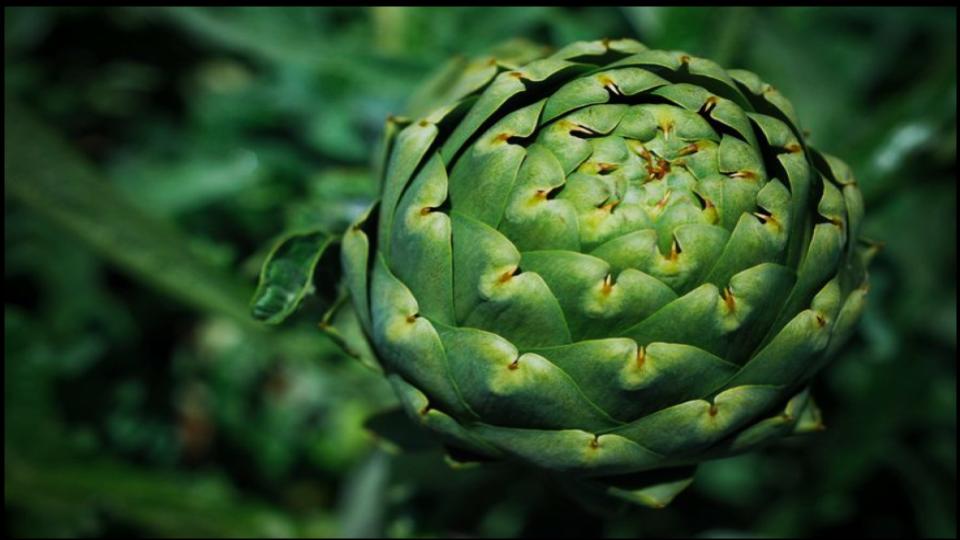
9. Full-Sized Cabbage, Broccoli, and Cauliflower (Brassica oleracea varieties)
While it’s tempting to try and grow these cruciferous staples in containers, the full-sized varieties often present more container gardening challenges than rewards.
- Why they’re problematic: These plants, especially heading varieties, need a surprising amount of space for their wide leaves and root systems to support the development of a dense head (cabbage, cauliflower) or substantial florets (broccoli). They are also heavy feeders. In pots, they are more susceptible to stress from inconsistent watering or temperature fluctuations, which can lead to bolting (premature flowering) or very small, disappointing heads.
- Expert Insight: I’ve found that while you can get a small head of broccoli or a miniature cabbage from a pot, the space it occupies could often yield much more of something better suited to containers. The quality and size are rarely comparable to their garden-grown counterparts. The University of New Hampshire Extension emphasizes consistent moisture and nutrients for these crops, which is harder to achieve in pots.
- Better for Pots: Look for miniature or “baby” varieties of these vegetables, specifically bred for smaller spaces. Alternatively, focus on loose-leaf brassicas like kale or collard greens, which are more forgiving and productive in containers over a longer harvest period.
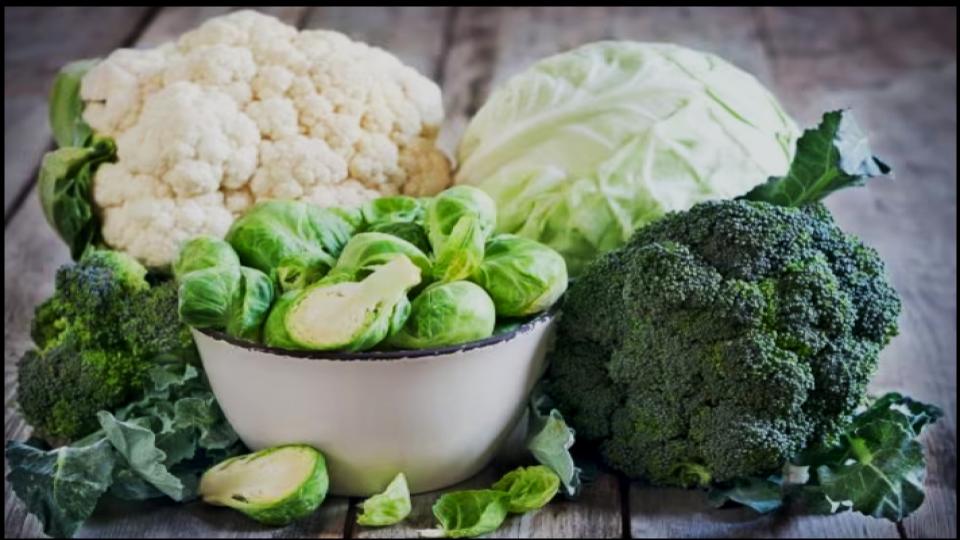
Embrace the Best of Container Gardening
Choosing the right plants is the cornerstone of a successful and rewarding container garden. While it might be tempting to try and cultivate all your favorites in pots, understanding that some vegetables not to grow in pots will ultimately lead to a more beautiful, productive, and enjoyable gardening experience. By focusing on varieties that thrive in confinement, you can create an abundant patio harvest that brings you joy season after season. Don’t be discouraged; instead, be empowered by this knowledge to make savvy choices for your precious potting space. Happy planting!
Read More
8 Delicious Fruits You Can Grow in Pots—Even on a Tiny Balcony
